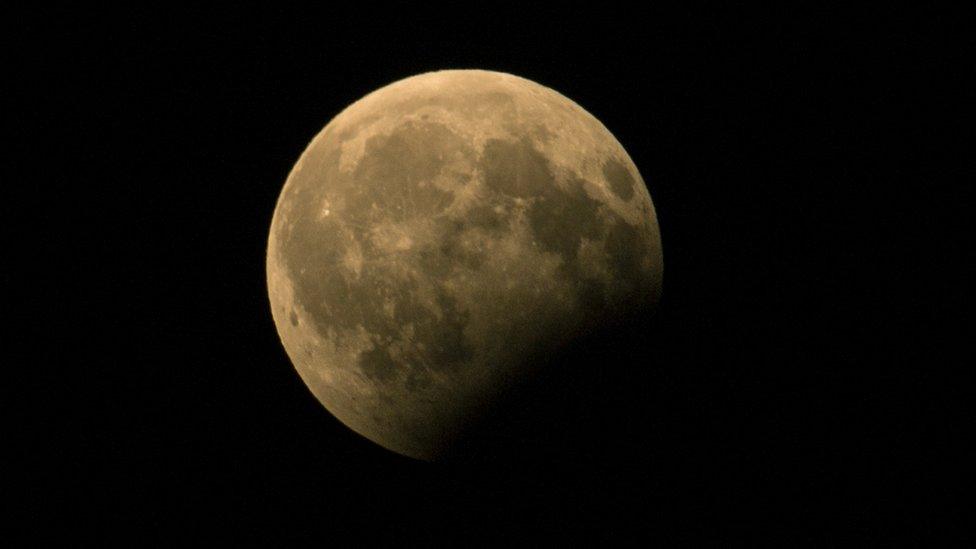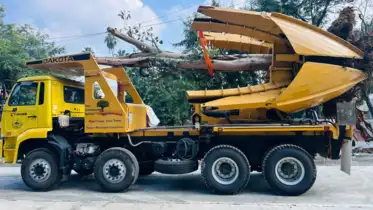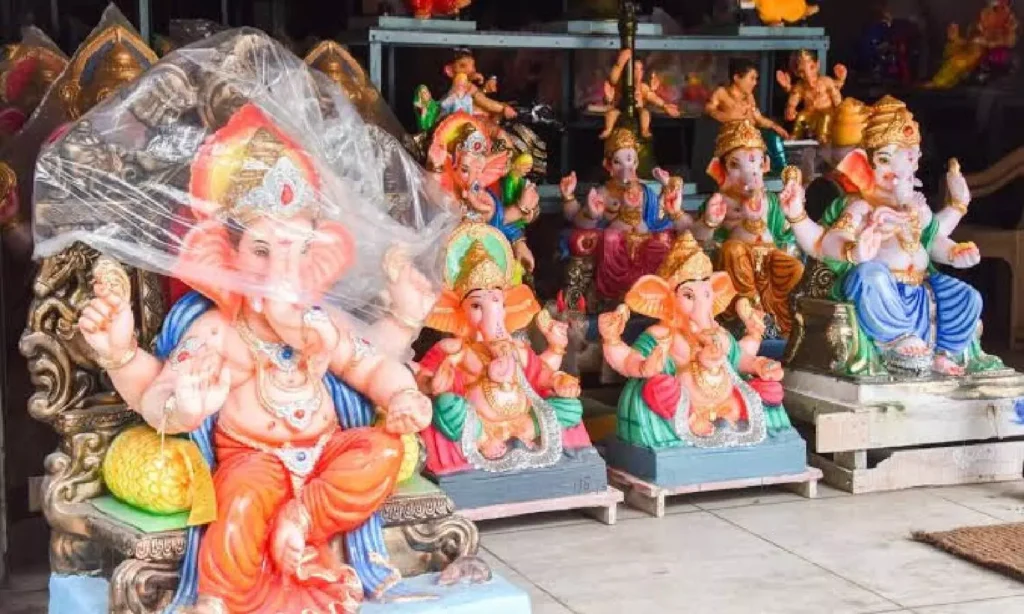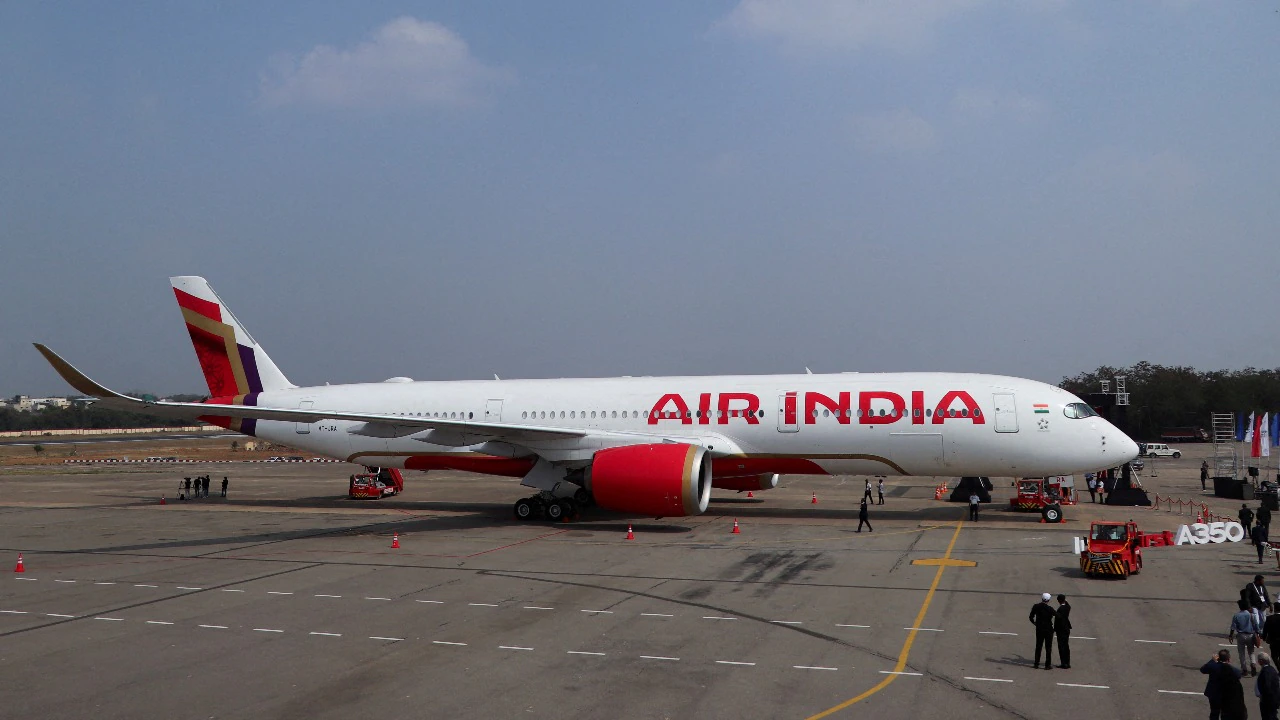Now Reading: Indian Army Receives First Apache Helicopters, Boosting Combat Power
-
01
Indian Army Receives First Apache Helicopters, Boosting Combat Power
Indian Army Receives First Apache Helicopters, Boosting Combat Power
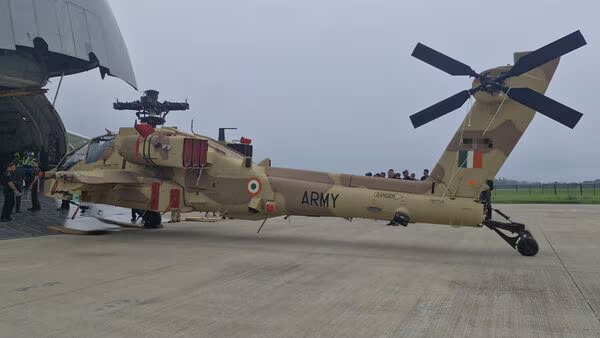
In a significant addition to India’s defence capabilities, the Indian Army has officially received the first three Apache attack helicopters out of a fleet of six ordered from the United States. These advanced combat choppers are expected to enhance India’s firepower along sensitive borders and offer tactical superiority in fast-moving battlefield conditions.
What Makes the Apache Helicopter Special
The Boeing AH-64E Apache is known for its precision strike ability, agility in mountainous terrain, and all-weather combat performance. Equipped with advanced sensors, night vision systems, and deadly Hellfire missiles, the Apache is designed for both offensive and defensive roles.
For the Indian Army, which has long relied on ageing helicopter fleets for aerial support, the induction of Apaches is seen as a long-overdue upgrade. These helicopters can detect threats at long range and respond swiftly—making them ideal for high-altitude regions like Ladakh and Arunachal Pradesh.
Deployment Plans and Strategic Impact
The three helicopters will now undergo final checks and integration with Indian systems before deployment. Eventually, all six will be stationed at key forward bases to support ground troops in rapid-response situations.
Defence analysts believe these aircraft will act as a major deterrent along the Line of Actual Control (LAC) with China and other sensitive regions. While the Indian Air Force already operates Apache helicopters, this marks the Indian Army’s direct control over its own fleet—allowing for faster decision-making and coordination during ground missions.
Why It Matters for Tier 2 and Border Regions
The introduction of Apaches is not just a matter of national defence policy—it directly affects Tier 2 cities and border districts. Areas like Leh, Tezpur, and Pathankot, which host major Army deployments, will see enhanced surveillance and combat readiness.
Residents near military zones often experience heightened tensions during border stand-offs. With better-equipped forces, the aim is quicker conflict resolution and increased safety for civilians living near volatile areas.
The Bigger Picture
This delivery is part of a broader push by India to modernize its defence forces through high-tech imports and indigenous upgrades. While the Apaches are imported, the government is also focusing on building combat helicopters within the country under the “Make in India” defence initiative.
With regional security challenges continuing to evolve, especially amid ongoing tensions with China and Pakistan, India’s military preparedness remains under constant scrutiny.
Conclusion
The arrival of Apache helicopters is a clear signal that the Indian Army is stepping up its game. More than just machines, they represent a shift in how India plans to defend its borders—with precision, speed, and modern technology. As these helicopters take to the skies, they bring with them not only firepower but renewed confidence in India’s ability to respond swiftly and effectively when it matters most.
